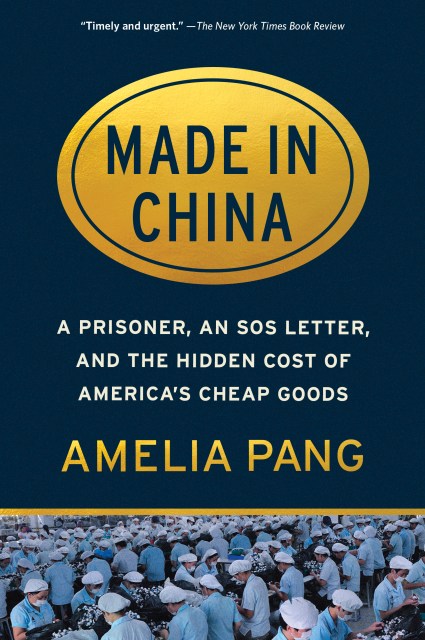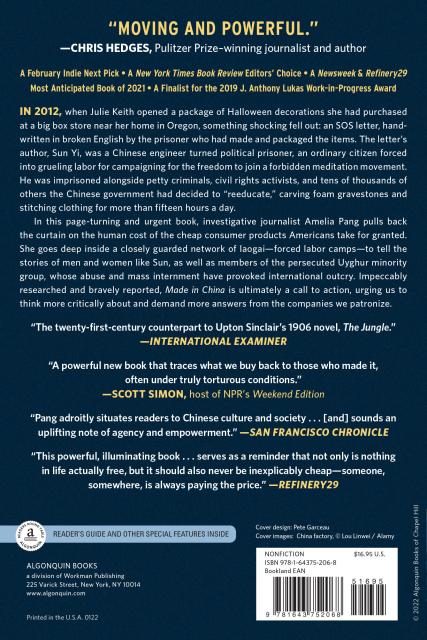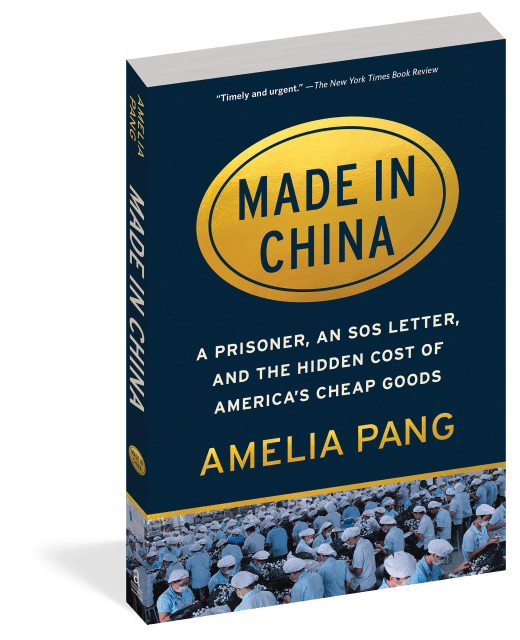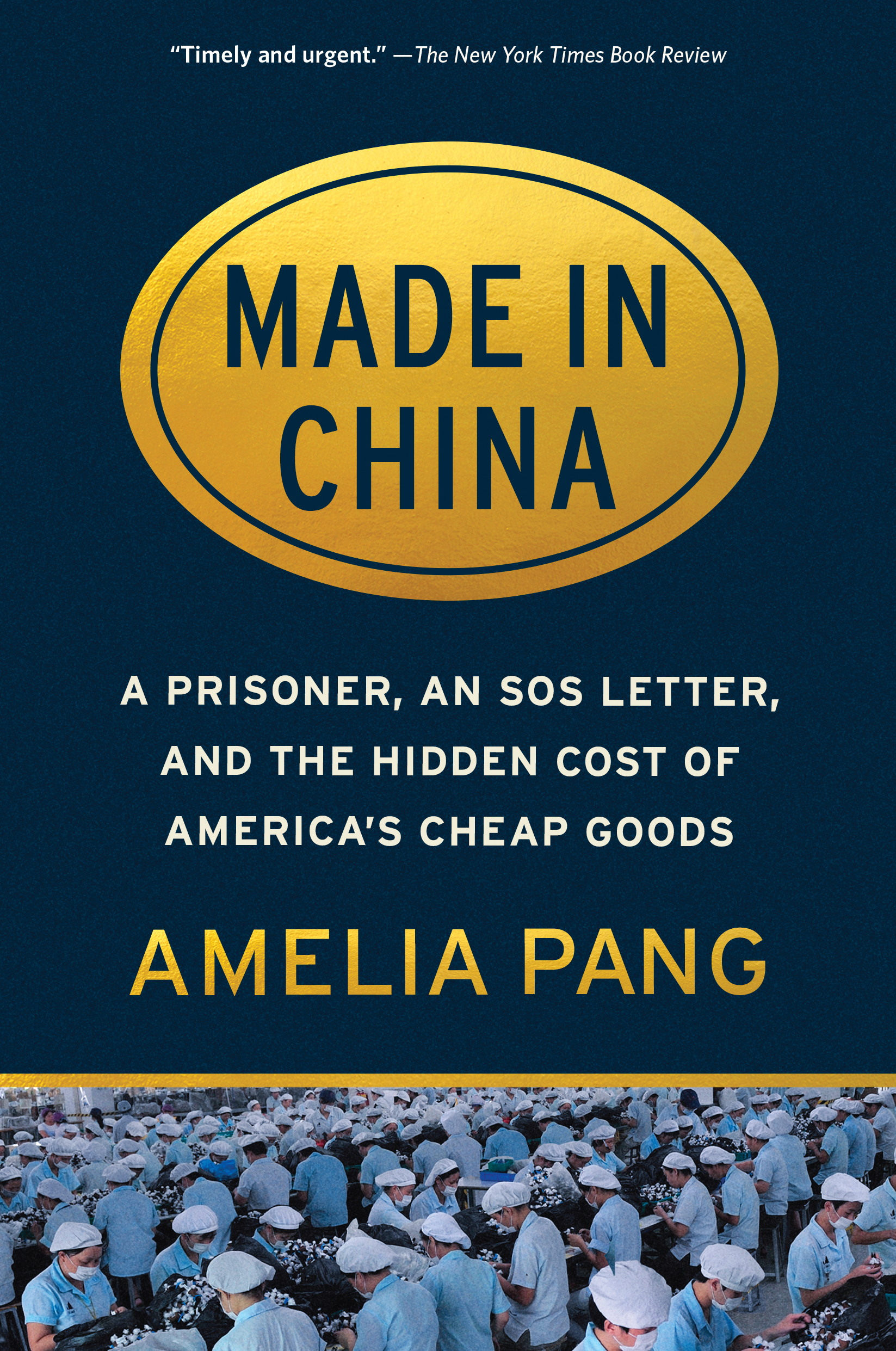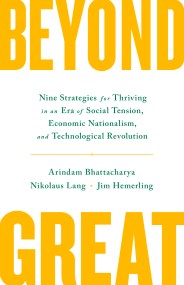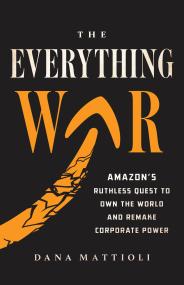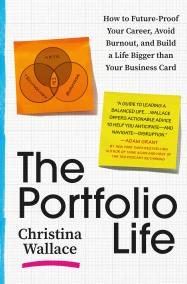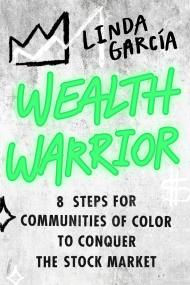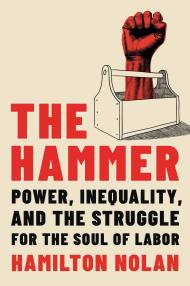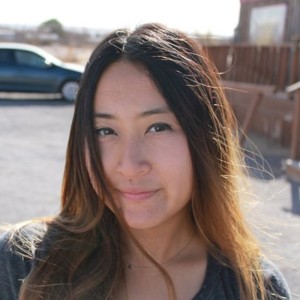Promotion
Use code MOM24 for 20% off site wide + free shipping over $45
Made in China
A Prisoner, an SOS Letter, and the Hidden Cost of America's Cheap Goods
Contributors
By Amelia Pang
Formats and Prices
Price
$16.95Price
$22.95 CADFormat
Format:
- Trade Paperback $16.95 $22.95 CAD
- ebook $10.99 $13.99 CAD
- Audiobook Download (Unabridged) $24.99
This item is a preorder. Your payment method will be charged immediately, and the product is expected to ship on or around January 4, 2022. This date is subject to change due to shipping delays beyond our control.
Also available from:
*A Newsweek & Refinery29 Most Anticipated Book of 2021*
“Timely and urgent.” —The New York Times
“Moving and powerful.” —Chris Hedges, Pulitzer Prize–winning journalist and author
Discover the truth behind the discounts.
In 2012, an Oregon mother named Julie Keith opened up a package of Halloween decorations. The cheap foam headstones had been five dollars at Kmart, too good a deal to pass up. But when she opened the box, something shocking fell out: an SOS letter, handwritten in broken English.
“Sir: If you occassionally buy this product, please kindly resend this letter to the World Human Right Organization. Thousands people here who are under the persicuton of the Chinese Communist Party Government will thank and remember you forever.”
The note’s author, Sun Yi, was a mild-mannered Chinese engineer turned political prisoner, forced into grueling labor as punishment for campaigning for the freedom to join a forbidden meditation movement. He was imprisoned alongside petty criminals, civil rights activists, and tens of thousands of others the Chinese government had decided to “reeducate,” carving foam gravestones and stitching clothing for more than fifteen hours a day.
In Made in China, investigative journalist Amelia Pang pulls back the curtain on Sun’s story and the stories of others like him, including the persecuted Uyghur minority group, whose abuse and exploitation is rapidly gathering steam. What she reveals is a closely guarded network of laogai—forced labor camps—that power the rapid pace of American consumerism. Through extensive interviews and firsthand reportage, Pang shows us the true cost of America’s cheap goods and shares what is ultimately a call to action—urging us to ask more questions and demand more answers from the companies we patronize.
Genre:
-
“A moving and powerful look at the brutal slave labor camps in China that mass produce our consumer products. Amelia Pang, who puts a human face on the Chinese laborers who work in bondage, makes clear our complicity in this inhuman system. She forces us, like the abolitionists who battled slavery in the 19th century, to place the sanctity of human life before the maximization of profit. It is hard not to finish this book and not be outraged, not only at the Chinese government but the American corporations that knowingly collaborate with and profit from this modern slave trade.”
—Chris Hedges, Pulitzer Prize–winning journalist and author
“Amelia Pang has written a powerful new book that traces what we buy back to those who made it, often under truly torturous conditions.”
—Scott Simon, host of NPR / Weekend Edition Saturday
“Amelia Pang exposes the shadow economy of forced labor in Made in China. Pang adroitly situates readers to Chinese culture and society… [and] sounds an uplifting note of agency and empowerment about the prospective impact of reforming Western consumption.”
—San Francisco Chronicle
“Timely and urgent… Pang is a dogged investigator.”
—The New York Times Book Review
“The result of Pang's investigation is this powerful, illuminating book, which serves as a reminder that not only is nothing in life actually free, but it should also never be inexplicably cheap—someone, somewhere, is always paying the price.”
—Refinery29
“Journalist Pang debuts with a vivid and powerful report on Chinese forced labor camps and their connections to the American marketplace. Cinematic . . . Engrossing and deeply reported, this impressive exposé will make readers think twice about their next purchase.”
—Publishers Weekly, starred review
“An urgent, shocking and enraging account of the forced labor in China behind the cheap goods we purchase here in the U.S.”
—Ms. Magazine
“With clarity and sensitivity, [Pang] exposes the human cost of the global demand for cut-rate products, and provides clear calls to action for individuals, corporations and governments to stem these abuses. Any reader with half a heart will be hard-pressed not to re-examine their own buying habits after reading this incredible, moving account.”
—Shelf Awareness
“A powerful call to action and advice for conscientious consumption . . . Spanning biography, business, and sociology, this well-reported and well-researched account of labor practices shows the impact of the demand for global goods.”
—Library Journal
“A powerful argument for heightened awareness of the high price of Chinese-made products.”
—Kirkus Reviews
“Readers will be drawn into this thoroughly researched narrative and will be awakened by the author’s pleas for consumers to be more vigilant about the origin of their goods.”
—Booklist
“The book is an excellent entry-level explanation of Chinese religious and political history, and how human rights abuses intersect with billion-dollar businesses. Pang connects the dots between globalization, Western consumption, and sustainability to create a clear, cohesive picture of the problem, as well as of potential solutions.”
—BookPage
“A cinematic approach to a vital topic, which should be as close to our hearts as cheap goods are to our wallets. Amelia Pang provides close-ups of the individual stories behind labor camps, and wide-angle views of their context and history.”
—Alec Ash, author of Wish Lanterns: Young Lives in New China"Sun's story shows the inhuman nature of the authoritarian Chinese government. The narrative consists of many people’s untold stories. After reading this book, anyone with a conscience will realize it is time to take action for those who are persecuted by the Chinese dictatorship.”
—Chen Guangcheng, author of The Barefoot Lawyer: A Blind Man's Fight for Justice and Freedom in China
“The problem of illegal prison labor being used in the People’s Republic of China to manufacture goods for global markets is a longstanding one that keeps resurfacing in new guises. Now with this well-researched and reported book that reads like a detective story, investigative journalist Amelia Pang has opened a new porthole on this pernicious practice.”
—Orville Schell, Arthur Ross Director of the Center on U.S.-China Relations at the Asia Society
- On Sale
- Jan 4, 2022
- Page Count
- 288 pages
- Publisher
- Algonquin Books
- ISBN-13
- 9781643752068
Newsletter Signup
By clicking ‘Sign Up,’ I acknowledge that I have read and agree to Hachette Book Group’s Privacy Policy and Terms of Use
